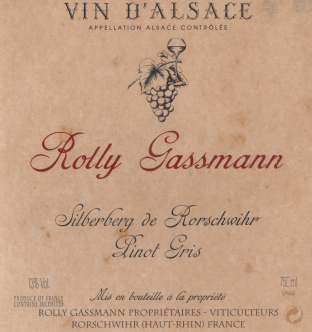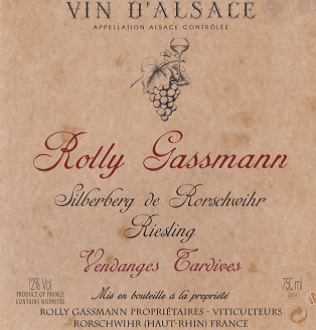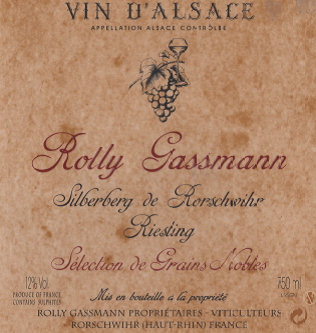WINE INFORMATION
COLOR : White
DISTRIBUTION OF VARIETIES AND / OR BLENDINGS PLANT ON THE TERROIR : Riesling 85%, Pinot Grey 5%, Gewurztraminer 5%
READY TO DRINK: 7 – 20 years
FOOD AND WINE PAIRING:
RIESLING: oysters, crab, salmon, mussels, all lemony dishes …
RIESLING SELECTIONS OF NOBLE GRAINS: caviar, sushi, lemon pie, chicken curry, lacquered pork …
ABOUT THE PLACE-DIT
This locality was, at its origins, highlighted by the Convent of Moyenmoutier and by the Silo de Sélestat which mentions it in 1348. The burrow in the church of Rodern, renewed in 1531, provides proof that the wines harvested from vintage were considered noble by the inhabitants of Rodern. The origin of its name, the literal translation of which means “Silver Mountain”, finds its justification in the nature of the soil of Oberer Silberberg (silicified Muschelkalk) which is at the edge of the granite soils of the two-mica type of Thannenkirch . In fact, the Syndicat Viticole de Rorschwihr took the decision to separate the Silberberg, which was consolidated in 1990, into two parts, the Silberbergand the Oberer Silberberg, due to the presence of different soil types (see geology). Completely anecdotally, it should be noted that it was already mentioned under the heading “Grand-Cru”Even before the 1975 delimitation (see the 300 harvest declarations of Rorschwihr which mention the 12 localities. It should be noted that Rorschwihr only has 5 workers, 2 of whom do not have vines in the 12 localities of the Municipality, the other winegrowers being either cooperators or vendors of grapes).























